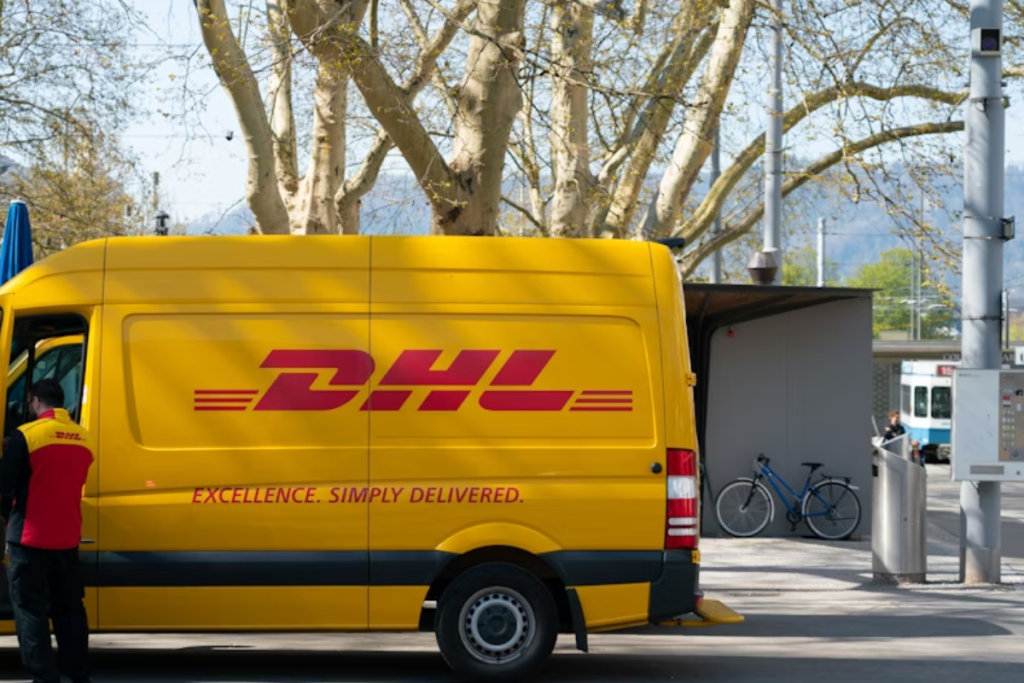DHL Express Canada is set to suspend all operations nationwide starting June 20, as contract negotiations with unionized workers remain at a standstill. The decision comes after weeks of labor unrest and legislative changes that further complicate the carrier’s ability to maintain services.
International Imports to Cease Ahead of Shutdown
DHL will stop accepting inbound international parcels at 9 p.m. ET on Tuesday and wind down domestic activity over the following two days, reversing earlier assurances that contingency crews could keep freight moving. The company’s 2,100 unionised couriers, warehouse staff and owner-operators, represented by Unifor, have been on strike since 8 June after a carrier-initiated lockout. Talks stalled over wage proposals, 22 percent for hourly staff and 42 percent for owner-operators, keeping employees on a contract that expired in December 2024.
Even before the strike, DHL handled roughly one-fifth of Canada’s time-definite international parcels, according to Transport Canada data, making the stoppage especially painful for life-science exporters and e-commerce merchants that count on overnight cross-border flows. Many are now scrambling to reroute cargo through DHL’s U.S. gateways or switch providers entirely.
Unifor cautioned customers that operations could cease 19 June; DHL now says the final cutoff is 20 June. Management argues the union’s demands “jeopardise operational viability,” but concedes the looming worker shortage once Bill C-58 becomes law leaves few options. Passed last year, the federal measure broadly bans most replacement workers in federally regulated workplaces; it takes effect Friday, directly limiting DHL’s contingency plan.
Broader Labor Challenges in Canada’s Parcel Sector
Canada’s delivery sector is already under strain. Canada Post employees are entering a fourth week of an overtime ban, while smaller couriers report volume spikes as businesses seek fallback carriers. Analysts note that when UPS faced a U.S. strike threat in 2023, retailers still had FedEx and USPS buffers. In Canada, the combination of DHL’s shutdown and Canada Post constraints leaves a much narrower safety net.
Spot-rate platform Freightos shows Toronto-to-Chicago parcel rates up 7 percent since the walkout began, and several carriers have introduced peak-season-style surcharges. Shippers with integrated shipping software are rushing to adjust routing rules before Tuesday’s import freeze.
Hard Choices for Diversion Planning
The collision between DHL’s strike and Bill C-58 highlights a growing fragility in single-carrier models, especially in countries where labor protections are tightening. While many firms invest in network redundancy for weather or geopolitical shocks, few apply the same rigor to labor risk exposure. For logistics-dependent sectors, this may signal the end of “just-in-time” transport partnerships built on lowest-cost contracting. Companies may need to evaluate carriers not just on rate cards and SLAs, but also on union relationships, workforce models, and strike contingency credibility.







